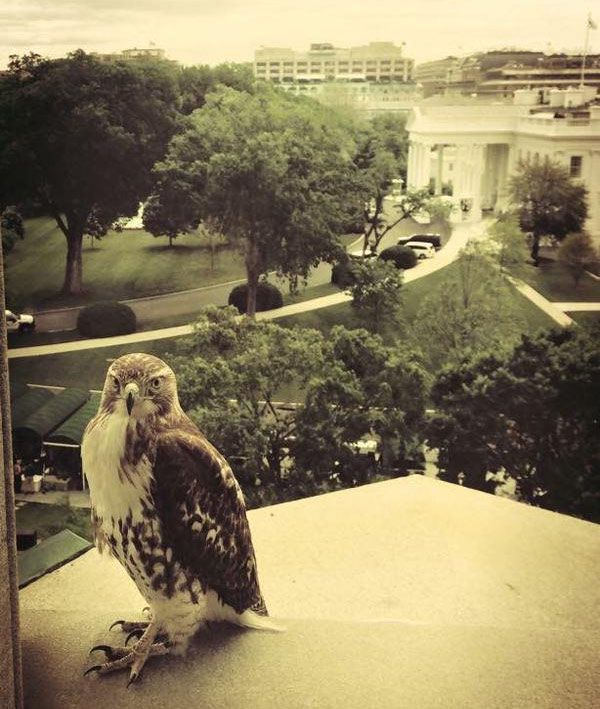Red-tailed Hawk: New White House Groundskeeper?
Earlier this week, the White House reported the sighting of a new guest on their famous grounds -- a juvenile Red-tailed Hawk.
Red-tailed Hawks are abundant across the United States, and have adapted well to developed areas. Pale Male, New York City's famous hawk, is an example of the large raptor thriving in an urban environment (he and his mate have three young that are about to fledge from their famous nest).
The appearance of a predator on the White House grounds is a good sign for visiting birders, but not so good for any resident rodents living on the property. Red-tailed Hawks prey upon mice, rats, voles, rabbits, and other mammals, as well as other birds, reptiles, and amphibians. This raptor might just earn a spot as a groundskeeper 1600 Pennsylvania Avenue.
Fun Fact: Did you know that the Red-tailed Hawk makes a raspy call that is almost always used in popular media as the voice of our national bird, the Bald Eagle? How appropriate would it be to hear the majestic cry of the Red-tailed Hawk while visiting the White House?





Comments
Leave a comment
Thank you!